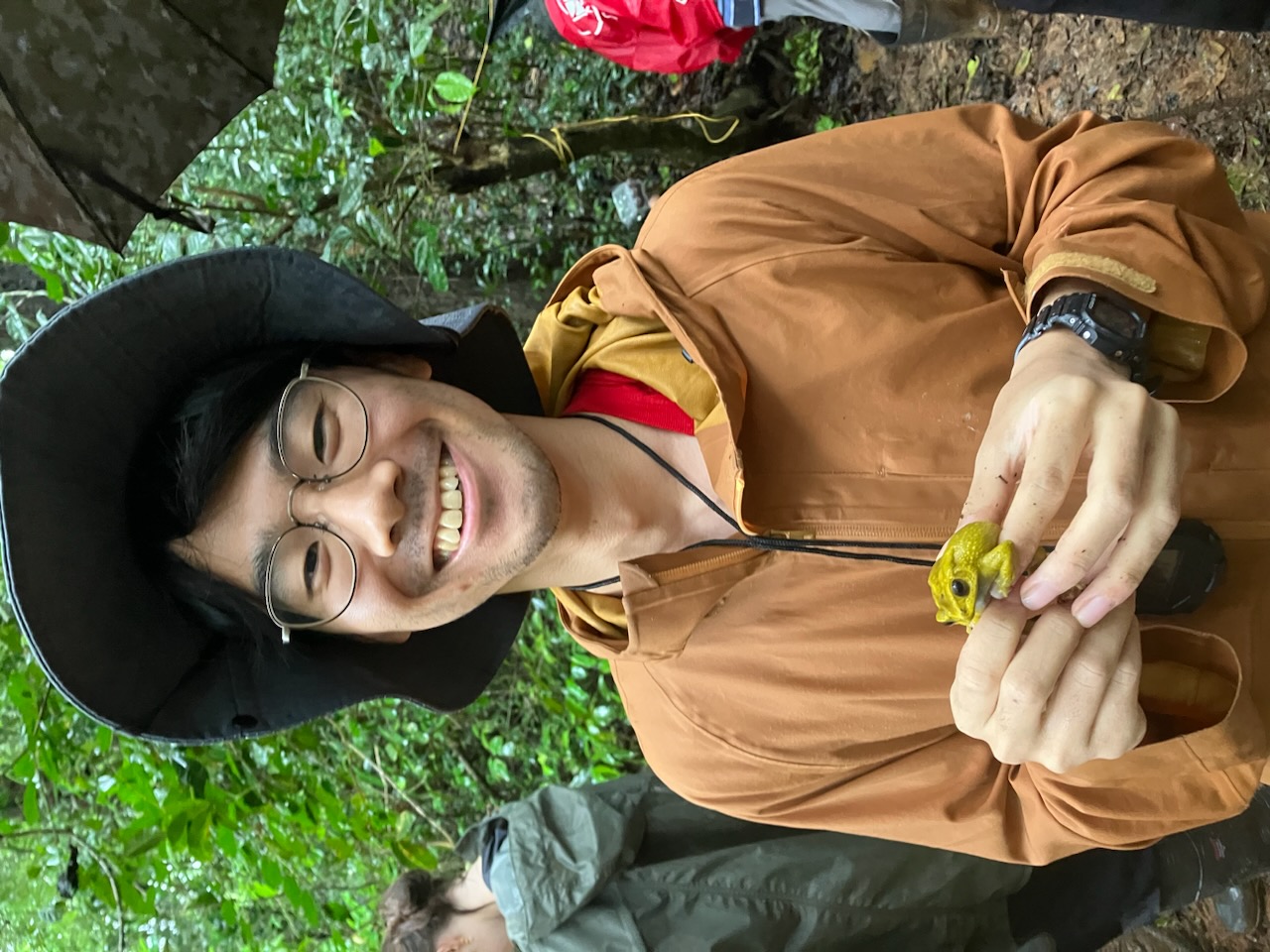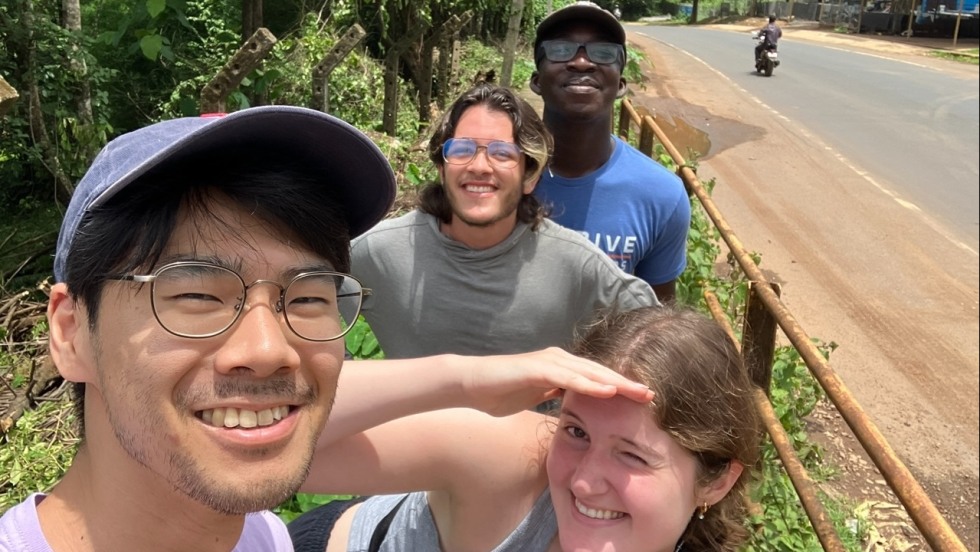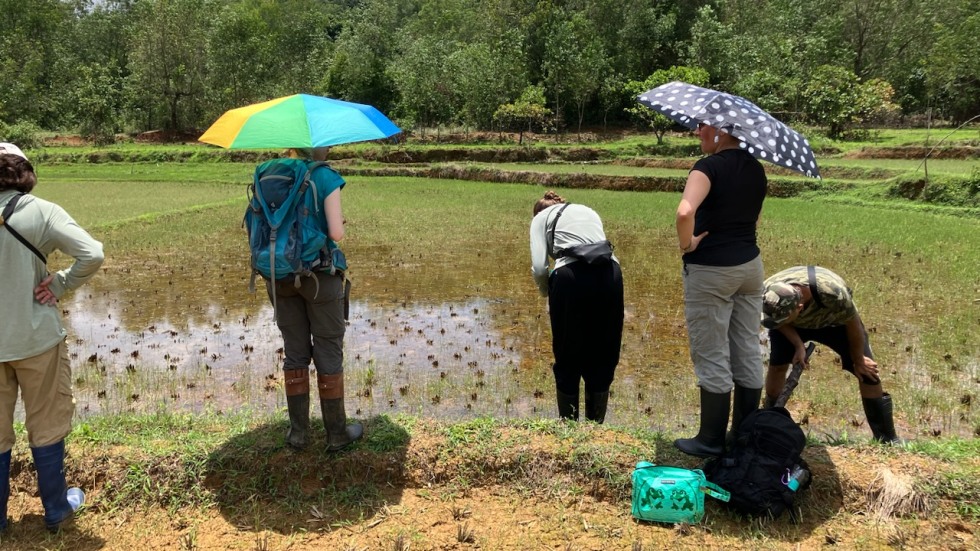Meet Voss Fellow Yoshihiro Yajima ’25: Toads, land development, and the future of biodiversity
Yajima explores how farming and development are reshaping toad breeding patterns, uncovering key insights into the broader impact on natural habitats.

As urban development and agriculture proliferate, their effects on ecosystems can be profound. Yoshihiro Yajima ’25, a Voss Fellow and Royce Fellow working in the Fuxjager Lab, examines how these human-driven changes impact amphibian breeding behaviors, a significant indicator of environmental health. His research highlights the delicate balance between land modifications and biodiversity, offering critical insights for conservation strategies aimed at protecting vulnerable species in an increasingly altered world.
How would you summarize your research? Why is it important?
“My research focuses on how human activities, particularly farming and land development, affects toad breeding behaviors. Biodiversity plays a crucial role in our lives in ways we often overlook: it supports water resources, sustains ecosystems, bolsters global economies, and more. By understanding how human development impacts species sensitive to environmental change, we can work toward conservation strategies that protect them — and us.”
How does your work help biodiversity long-term?
“Our team is currently focused on protecting toad species in India, and the knowledge we gain from this study can be applied to conservation efforts globally. Whether it’s preserving fish in a local pond or protecting bird populations in our own communities, every conservation measure strengthens ecosystems for future generations.”
You traveled to India last summer to conduct fieldwork. What was that like?
“Being in the field was an incredible experience. We encountered a lot of really cool animals — different species of lizards, toads, birds — that we wouldn’t be able to see here.
Our days started early, and we went to different sites to collect and log data. We examined water quality and environmental conditions to identify breeding patterns. Back at Brown, we ran analyses to detect trends, comparing areas with active toad breeding to those without.”

Yajima and fellow undergraduates in the Brown/Smith International Research Experiences for Students Program

Data collection on a hot summer day
Did you discover any significant findings in your research?
“We found some interesting differences between breeding and non-breeding sites. For example, one key indicator of toad breeding was the absence of other tadpole species. We only saw our focal species breeding in a place where tadpoles from a different species were absent, potentially due to resource competition and interspecific predation avoidance. We also found that some artificial structures built for human benefits (like ditches in a betel nut farm) can provide an ideal condition for the species to breed. These insights can help inform future conservation strategies.”
Where do you see your research taking you in the future?
“I would like to be a conservationist, working with endangered animals and protecting populations at risk. This research has reinforced my passion for conserving wildlife, and I hope to help global biodiversity thrive.”